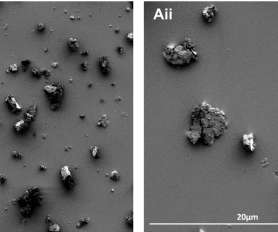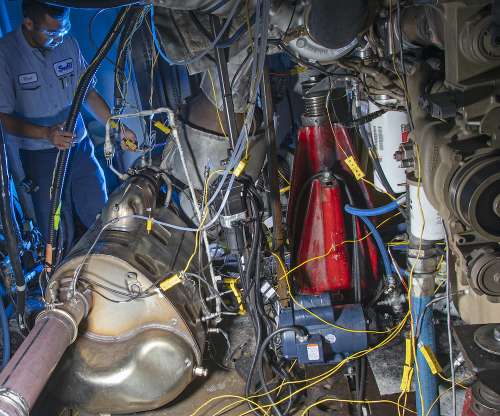Study suggests particulates from brake dust may have same harmful effects on immune cells as diesel exhaust
Green Car Congress
JANUARY 13, 2020
Metal particles from the abrasion of brake pads (brake abrasion dust, BAD) may cause inflammation and reduce the ability of immune cells to kill bacteria, similarly to particles derived from diesel exhaust particles (DEP), according to a new study led by researchers at King’s College London. traffic pollution.











































Let's personalize your content